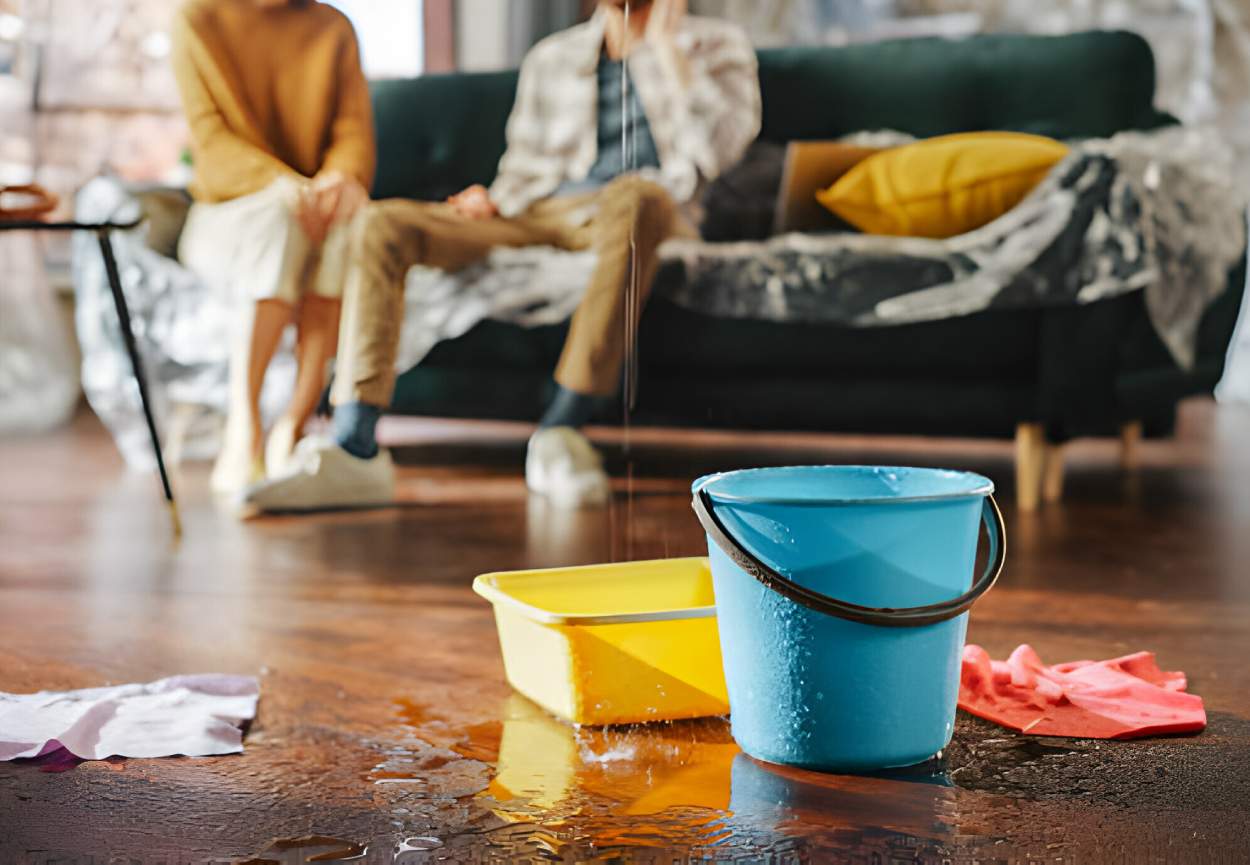Roof leaks are a homeowner’s nightmare. They pose a significant threat to the structural integrity of your home and can lead to expensive repairs. But there’s one question that looms large in the minds of many homeowners – does insurance cover roof leaks?
The answer is not a simple yes or no. It depends on various factors, including the cause of the leak, the type of insurance policy you have, and the age of your roof. Let’s look into the factors that will help you understand when and how your insurance might cover roof leaks.
Understanding Insurance Coverage
In the realm of homeowners insurance, coverage for roof leaks is typically contingent on the cause of the leak. If the leak is a result of a “covered peril” or a risk that is explicitly covered in your insurance policy, then your insurer is likely to cover the cost of repair or replacement.
These perils can include:
- Vandalism
- Hailstorms and windstorms
- Explosions
- Lightning strikes
- Falling objects
- Damage caused by aircraft or vehicles
- Damage resulting from riots
- Fire and smoke
- Volcanic eruptions
However, it’s important to note that policies can vary greatly between insurance companies, and they may not cover all perils.
Exceptions to Insurance Coverage
While insurance policies can cover a range of perils, there are certain circumstances and causes of roof leaks that most insurance companies won’t cover. These can include:
- Natural wear and tear: Over time, all roofs deteriorate. Insurance typically doesn’t cover gradual damage due to ageing or lack of maintenance.
- Incorrect installation: In case of improper roof installation, resulting in leaks, your insurance company might deny your claim.
- Certain natural disasters: Depending on where you live, damage caused by certain natural disasters like earthquakes or floods may not be covered unless you have specific insurance for these events.
Determining the Real Cause of the Leak
One of the most critical aspects of a roof leak insurance claim is determining the true cause of the leak. This can be a complex process and often requires a professional inspection. When you notice a leak, it’s crucial to document the circumstances surrounding it.
For instance, if a leak occurs after a major storm, noting down the details of the weather event can be beneficial when lodging an insurance claim.
Implications of a Leaky Roof
A leaky roof can cause significant damage to your home, including water damage to your home’s interior. If your roof leak is a result of a covered peril, your insurance policy may also cover the cost of repairing this consequential damage. However, it’s essential to review your policy or speak with your insurance provider to understand the extent of your coverage.
Roof Repair vs Roof Replacement
Whether your insurance will cover a roof repair or a complete roof replacement depends largely on the extent of the damage. In many cases, if the damage is localized and can be effectively repaired, the insurance company will only cover the cost of repair.
However, if the damage is extensive and a full replacement is deemed necessary, your insurance should cover this, subject to your policy’s conditions and exclusions.
Navigating the Insurance Claim Process
If you’ve determined that your roof leak is due to a covered peril and you wish to make an insurance claim, there are several steps to follow:
- Review your insurance policy: Understand what is covered and what is not. Be aware of your policy’s conditions and exclusions.
- Assess the damage: Document the extent of the damage. This can include taking photos or videos, noting down details of the leak, and any consequential damage.
- Get an estimate for repair or replacement: Contact a professional roofing contractor to get a detailed estimate for the repair or replacement work.
- File your claim promptly: Contact your insurance provider as soon as possible to report the damage and file your claim. Delaying this process could potentially affect the success of your claim.
- Document all correspondence: Keep a record of all interactions with your insurance company. This can be helpful if any disputes arise later.
Protecting Your Home: Proactive Steps
Understanding your insurance coverage is crucial, yet it’s equally important to proactively maintain your roof and prevent leaks. Regular roof inspections can help identify potential issues before they escalate into significant problems. Regular maintenance like cleaning gutters and replacing shingles extends your roof’s life and lowers leak chances.
Insurance is not a one-size-fits-all solution. Understanding your insurance policy, maintaining your roof, and promptly addressing any issues is key to protecting your home and your wallet. If you’re unsure about whether your insurance covers roof leaks, contact your insurance provider or a professional roofing contractor for advice.
